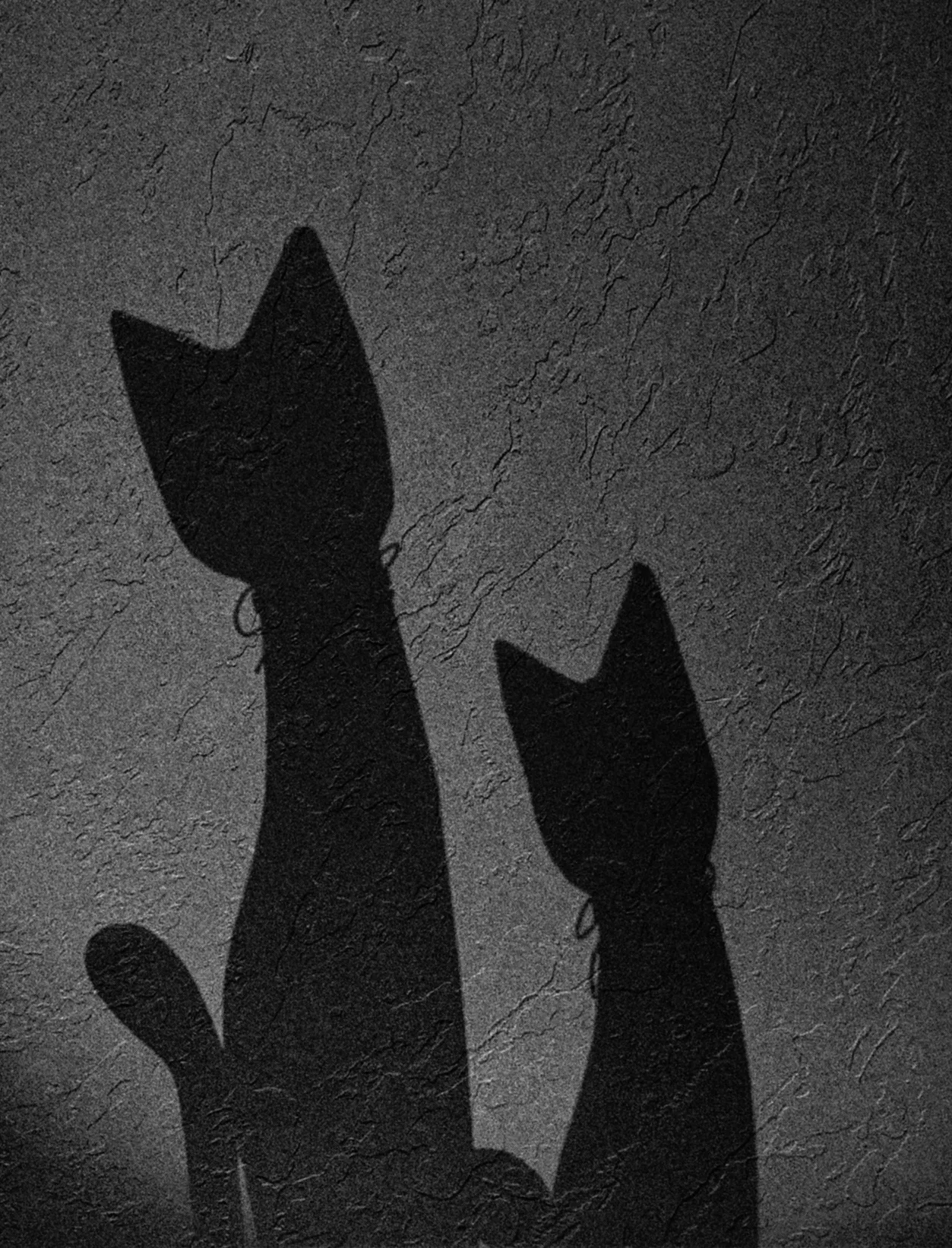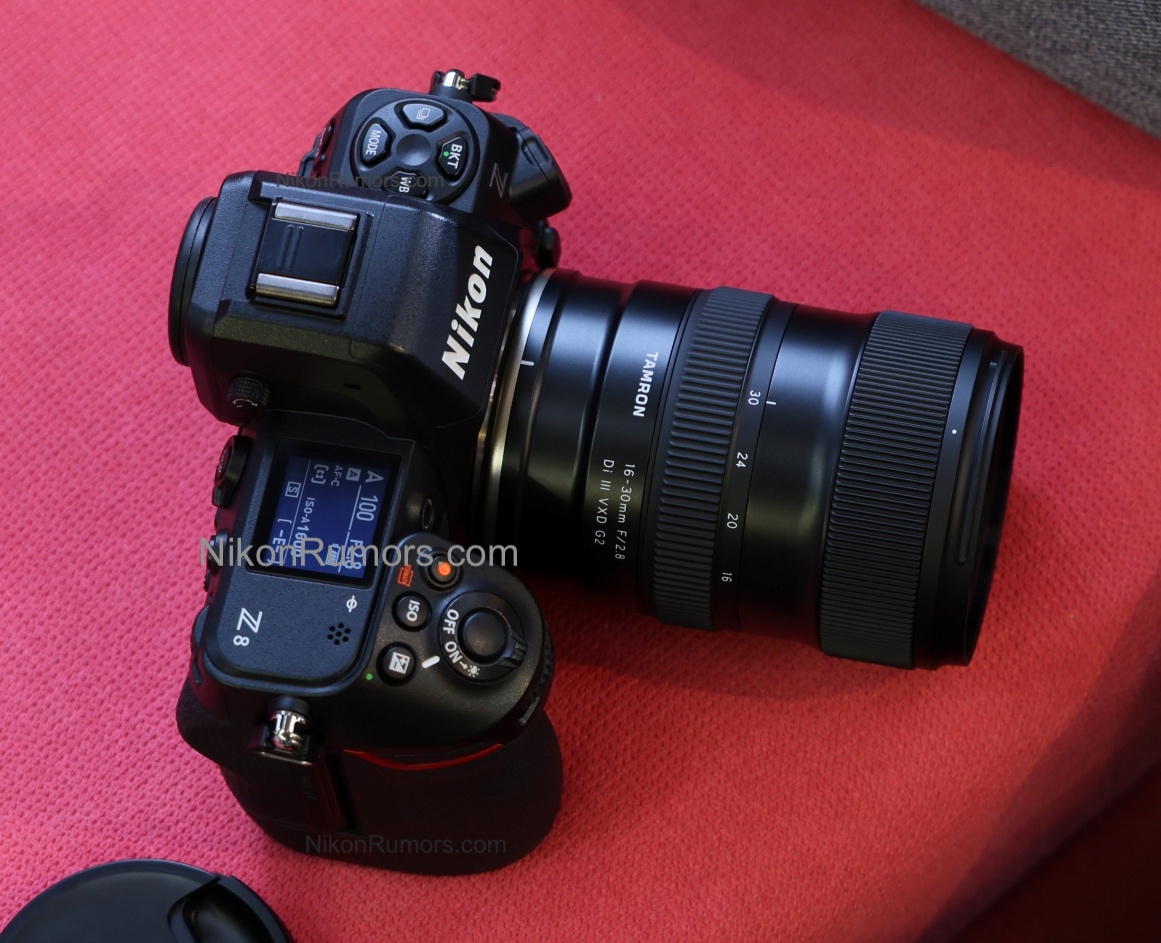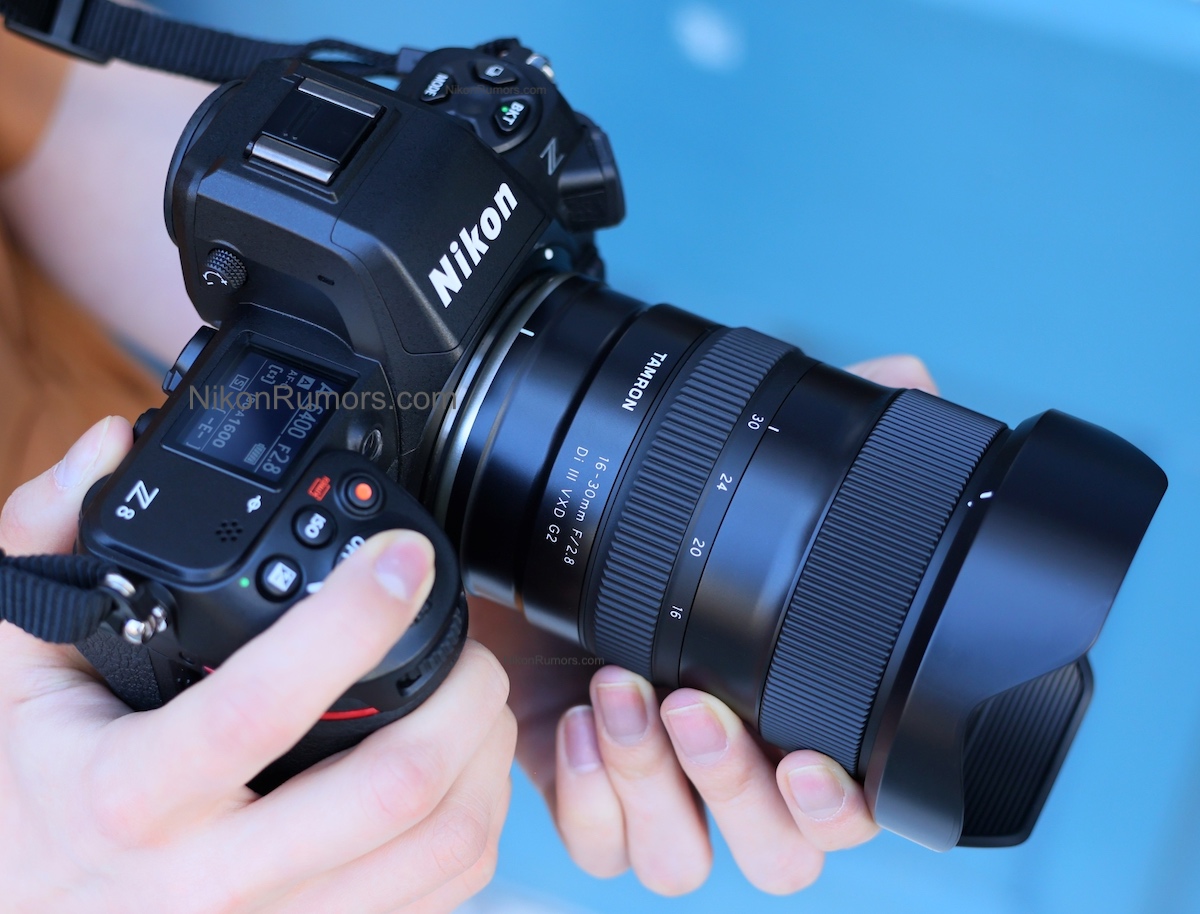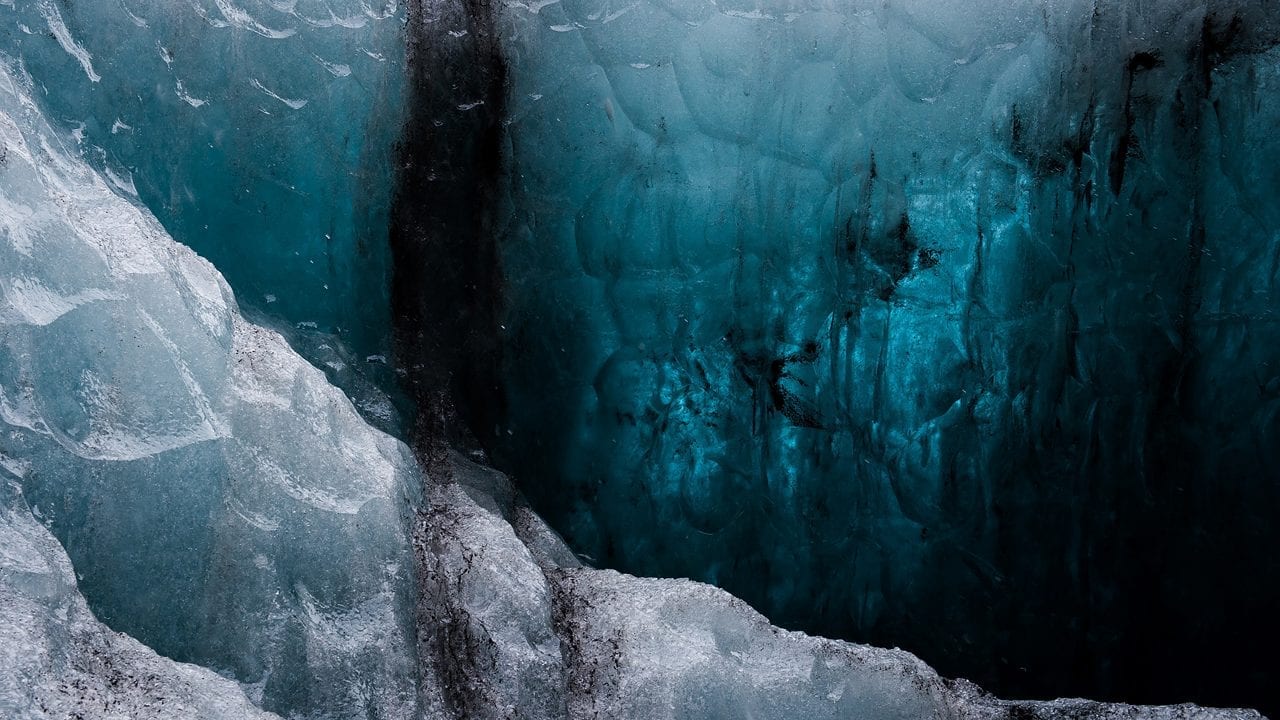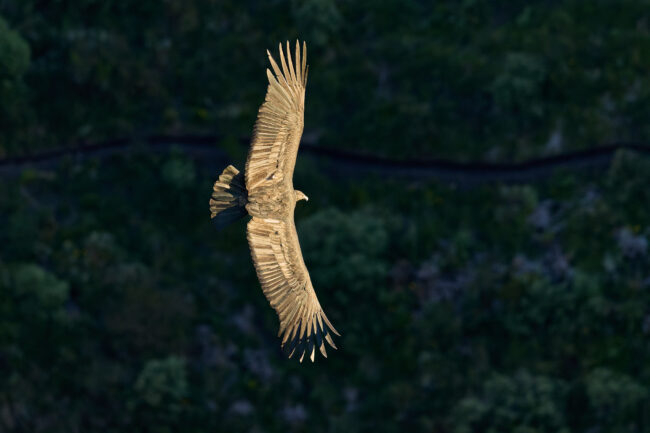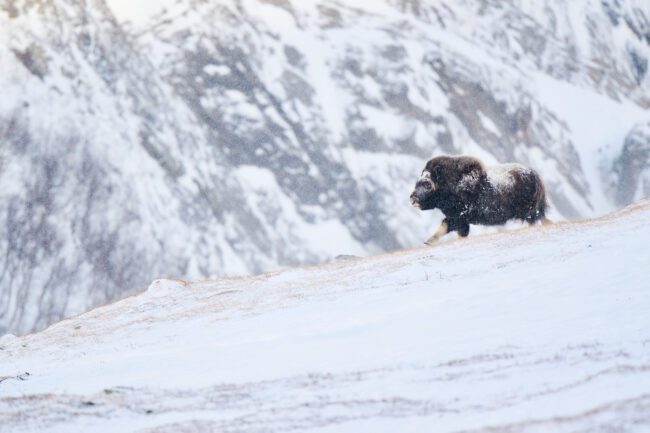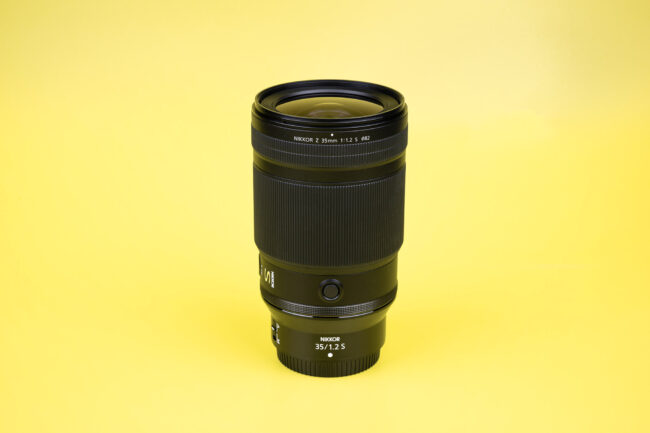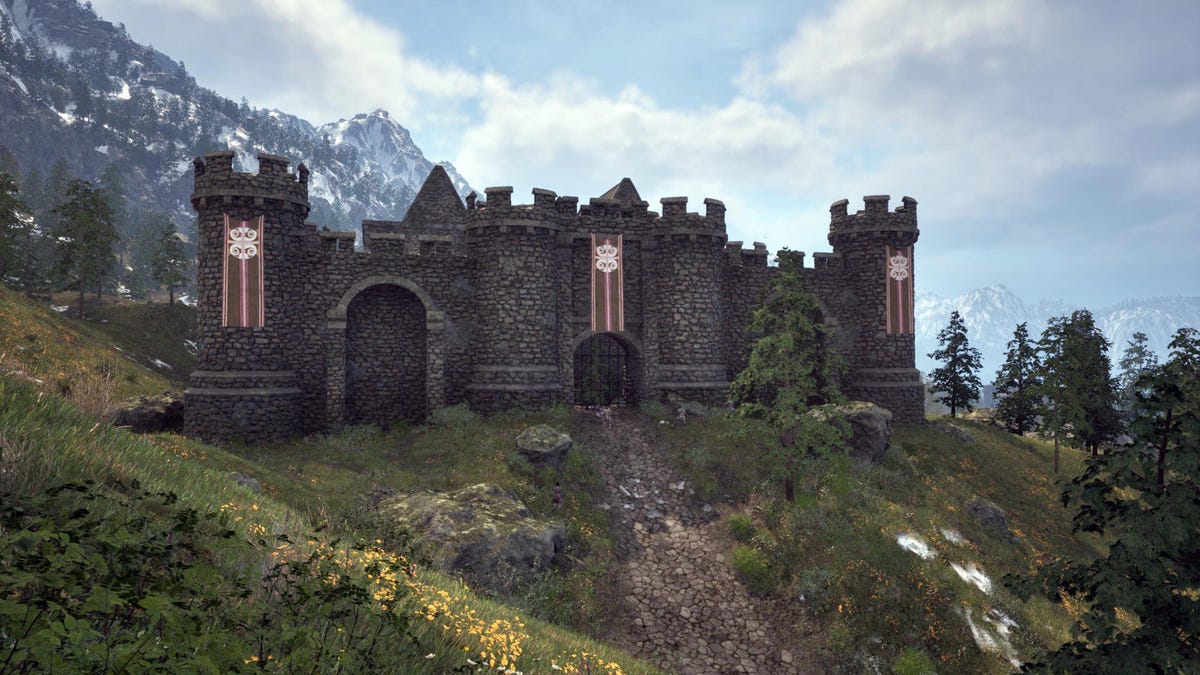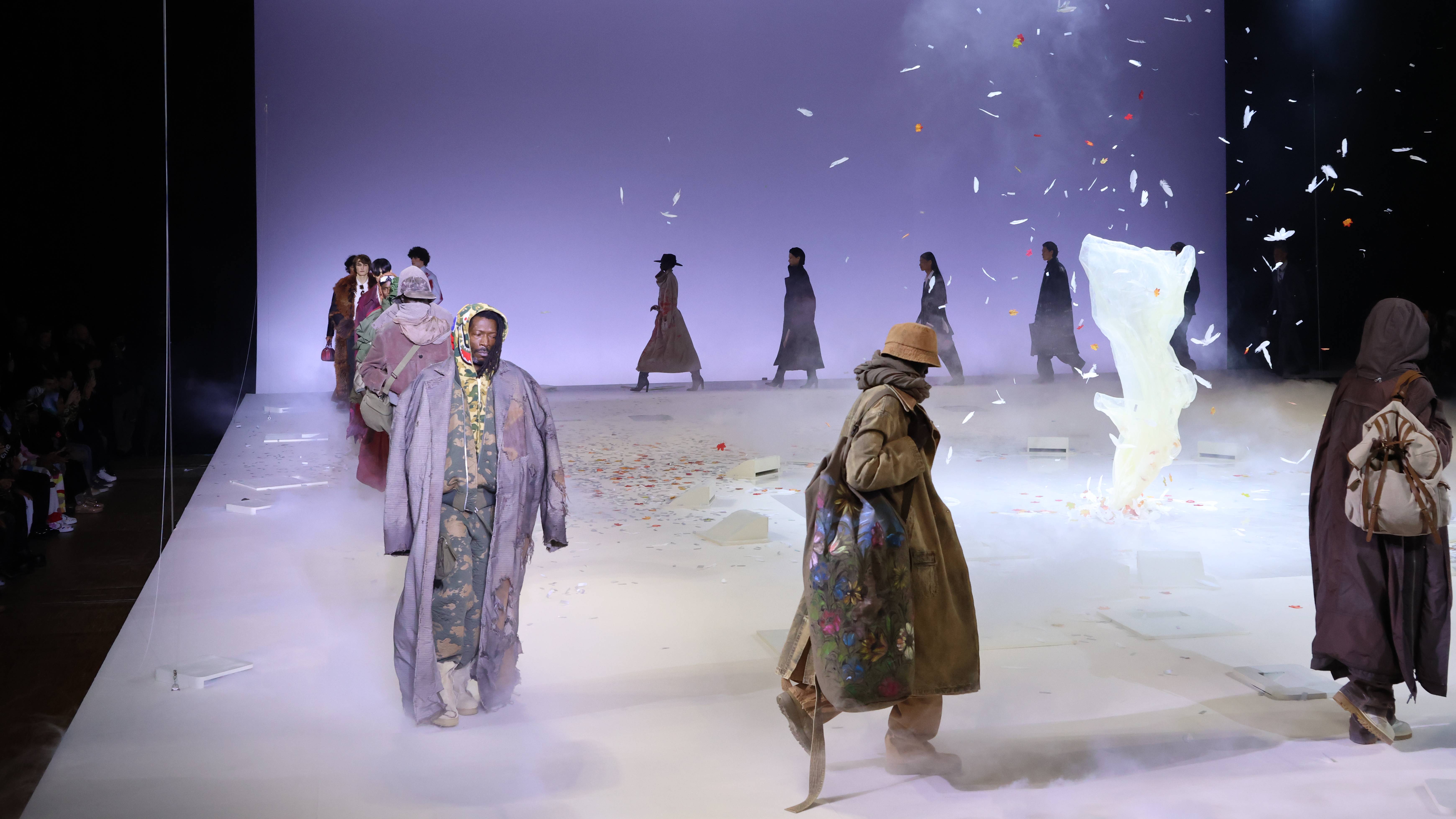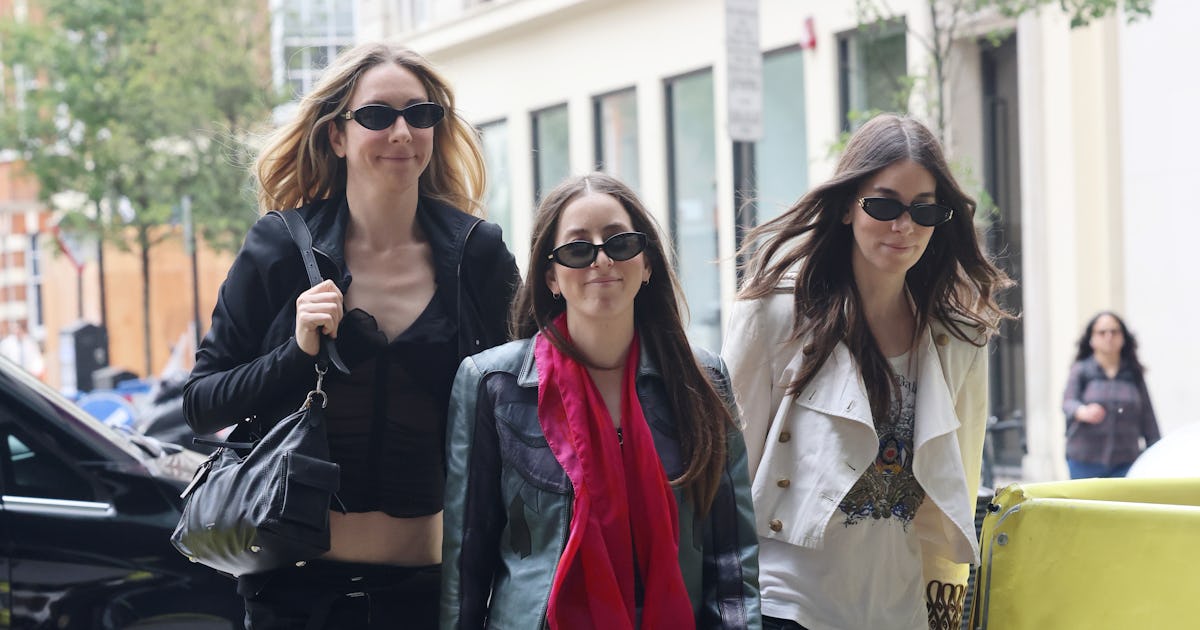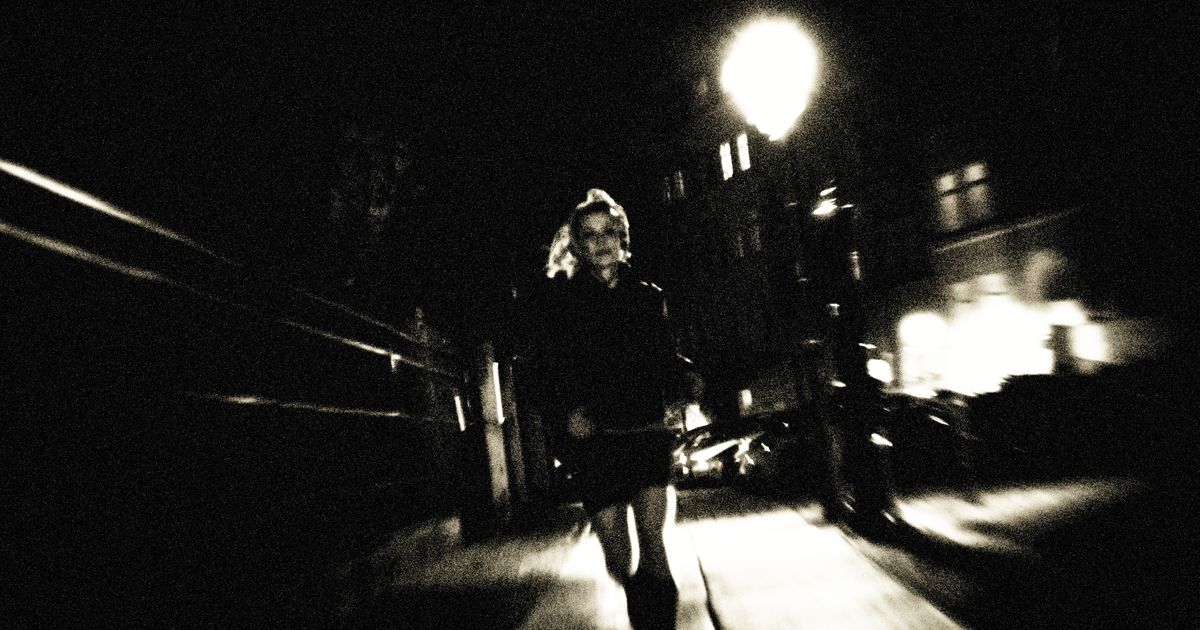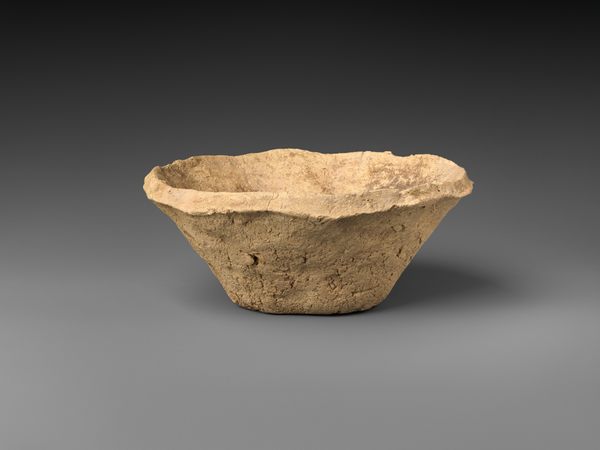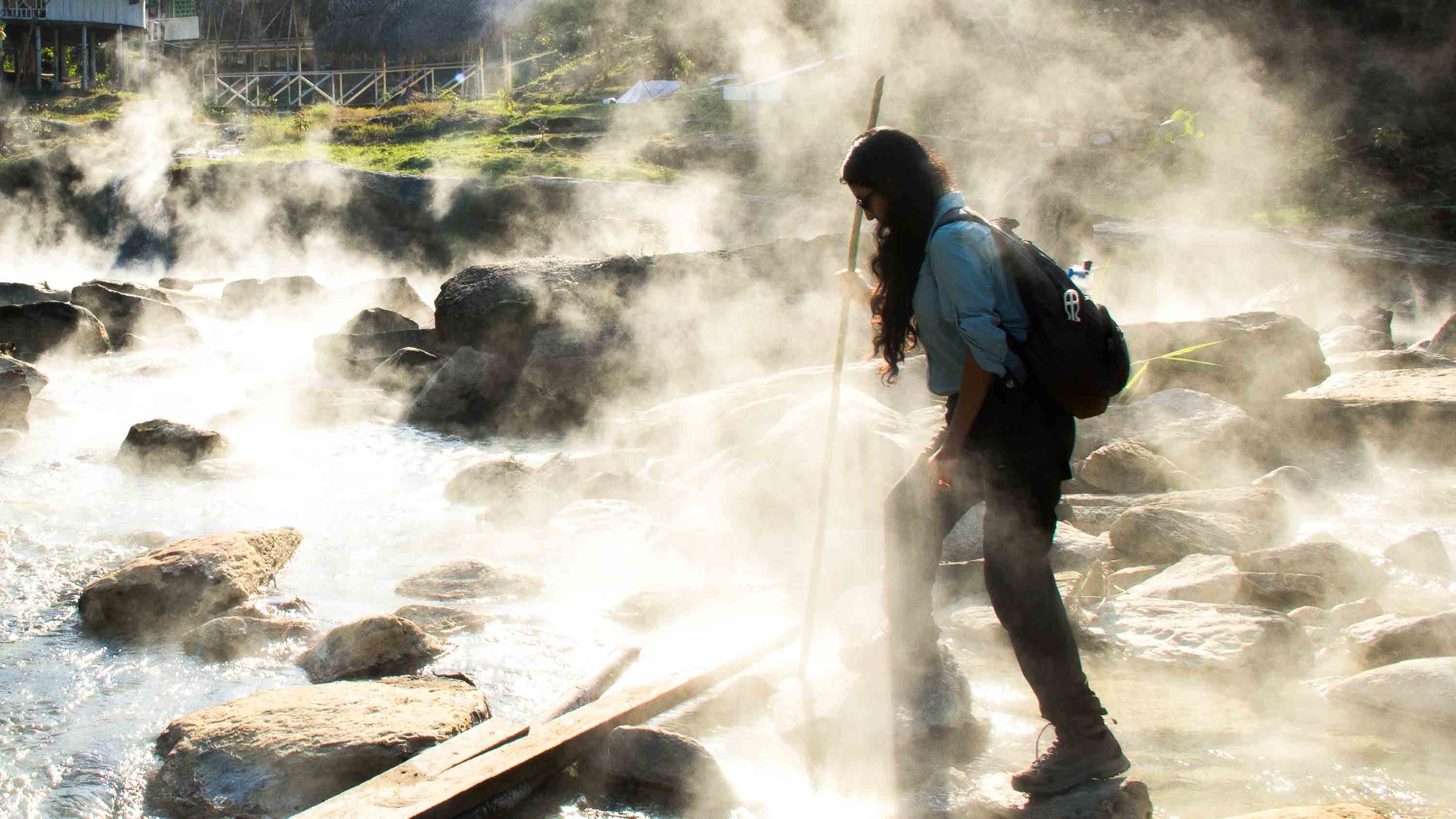Rubin Observatory shares the first look from the world’s biggest camera
This image combines 678 separate images taken by NSF-DOE Vera C. Rubin Observatory in just over seven hours of observing time. Combining many images in this way clearly reveals otherwise faint or invisible details, such as the clouds of gas and dust that comprise the Trifid nebula (top right) and the Lagoon nebula, which are several thousand light-years away from Earth. Image: NSF-DOE Vera C. Rubin Observatory The Vera C. Rubin Observatory was conceived nearly 30 years ago, and now we are finally seeing the first images captured by the world's largest camera. The Rubin Observatory teased a few photos ahead of the official reveal, which is available to watch now via live stream on YouTube. The observatory is jointly funded by the U.S. National Science Foundation and the U.S. Department of Energy’s Office of Science. Located on a mountain in Chile, it is named after U.S. astronomer Vera C. Rubin, who is famous for her research on dark matter. Inside the observatory, along with a specially designed telescope, is the Legacy Survey of Space and Time (LSST) Camera. It has a 3200-megapixel imaging surface and is made up of 189 individual sensors that are each larger than consumer-level medium-format sensors. This will afford new details of space for researchers, and will be used for a decade-long survey starting later this year. The survey will involve observations of about 40 billion stars, galaxies and other celestial objects. Each will be checked hundreds of times, resulting in 60 petabytes of raw data, which the Rubin Observatory says is "more data than everything that's ever been written in any language in human history." We'll be sure to share more images once they are released, but for now, you can tune in to the YouTube live stream to hear more about the project and goals for the observatory. Developing. Please check back later for updates.

The Vera C. Rubin Observatory was conceived nearly 30 years ago, and now we are finally seeing the first images captured by the world's largest camera. The Rubin Observatory teased a few photos ahead of the official reveal, which is available to watch now via live stream on YouTube.
The observatory is jointly funded by the U.S. National Science Foundation and the U.S. Department of Energy’s Office of Science. Located on a mountain in Chile, it is named after U.S. astronomer Vera C. Rubin, who is famous for her research on dark matter.
Inside the observatory, along with a specially designed telescope, is the Legacy Survey of Space and Time (LSST) Camera. It has a 3200-megapixel imaging surface and is made up of 189 individual sensors that are each larger than consumer-level medium-format sensors. This will afford new details of space for researchers, and will be used for a decade-long survey starting later this year.
The survey will involve observations of about 40 billion stars, galaxies and other celestial objects. Each will be checked hundreds of times, resulting in 60 petabytes of raw data, which the Rubin Observatory says is "more data than everything that's ever been written in any language in human history."
We'll be sure to share more images once they are released, but for now, you can tune in to the YouTube live stream to hear more about the project and goals for the observatory.
Developing. Please check back later for updates.


























